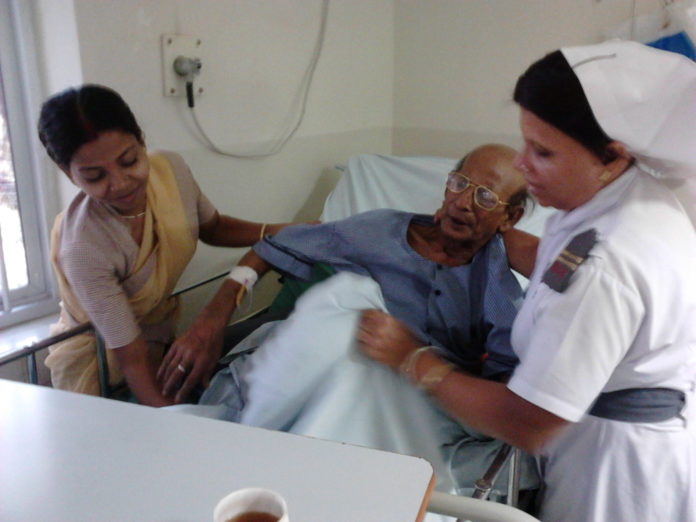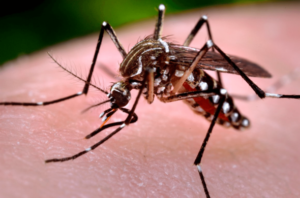
 If a new report on malaria by the World Health Organisation is to be believed, the close to 7 lakh malaria cases reported in India till September this year are just about 6% of the global burden of the disease and constitute a mere 8% of all malaria cases in the country. By that yardstick the actual number of malaria cases in the country this year could be more than 80L.
If a new report on malaria by the World Health Organisation is to be believed, the close to 7 lakh malaria cases reported in India till September this year are just about 6% of the global burden of the disease and constitute a mere 8% of all malaria cases in the country. By that yardstick the actual number of malaria cases in the country this year could be more than 80L.
According the National Vector Borne Disease Control Programme, till September 2017, 673474 cases and 84 deaths due to malaria were reported in India. Malaria is a potentially life threatening parasitic disease caused by parasites known as Plasmodium vivax (P.vivax), Plasmodium falciparum (P.falciparum), Plasmodium malariae (P.malariae) and Plasmodium ovale (P.ovale). It is transmitted by the bite of Anopheles mosquito.
The World Malaria Report 2017 says: “Among 55 countries where the burden of malaria was estimated – from either adjustment of the routine data or the transformation of prevalence to incidence – the proportion of estimated cases reported by surveillance systems was lowest in Gabon (8%) and highest in the Bolivarian Republic of Venezuela (84%). Countries with weak malaria surveillance systems include India and Nigeria, two major contributors to the global burden of malaria, with 8% and 16% of cases, respectively, detected by the surveillance system.” India however accounts for 6% of all malaria cases in the world and has the highest malaria burden in the world outside sub-Saharan Africa. The report however sounded a note of hope and said that the country is on track for a 20–40% reduction by 2020.
According the National Vector Borne Disease Control Programme, till September 2017, 673474 cases and 84 deaths due to malaria were reported in India. Malaria is a potentially life threatening parasitic disease caused by parasites known as Plasmodium vivax (P.vivax), Plasmodium falciparum (P.falciparum), Plasmodium malariae (P.malariae) and Plasmodium ovale (P.ovale). It is transmitted by the bite of Anopheles mosquito.
WHO director general Dr Tedros Adhanom Ghebreyesus in a written foreword has expressed concerns about how the overall decline in the global malaria burden has “unquestionably leveled off”. In 2016, 91 countries reported a total of 216 million cases of malaria, an increase of 5 million cases over the previous year. The global tally of malaria deaths reached 445 000 deaths, about the same number reported in 2015.
“A minimum investment of US$ 6.5 billion will be required annually by 2020 in order to meet the 2030 targets of the WHO global malaria strategy. The US$ 2.7 billion invested in 2016 represents less than half of that amount. Of particular concern is that, since 2014, investments in malaria control have, on average, declined in many high-burden countries.,” Dr Tedros wrote.













